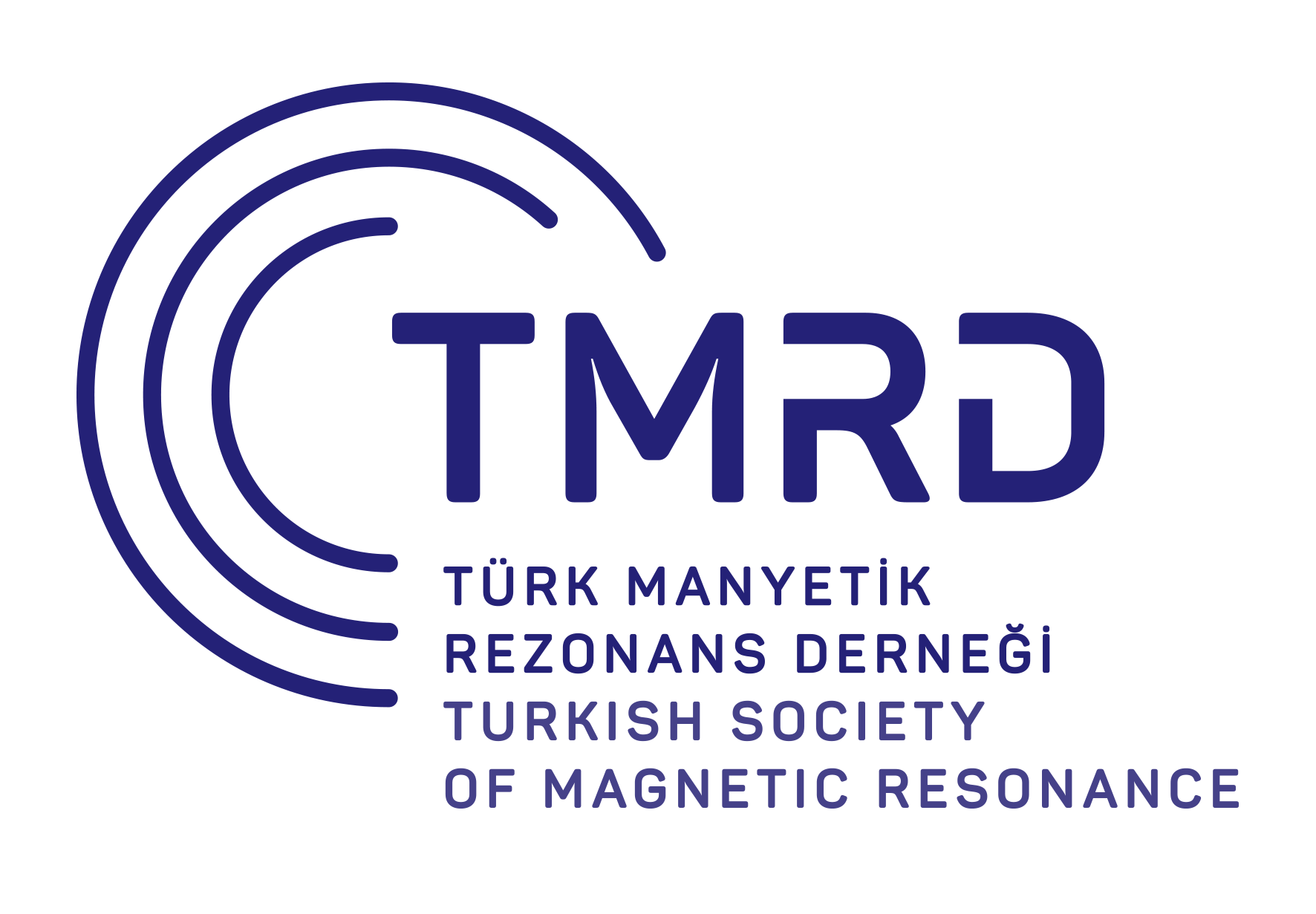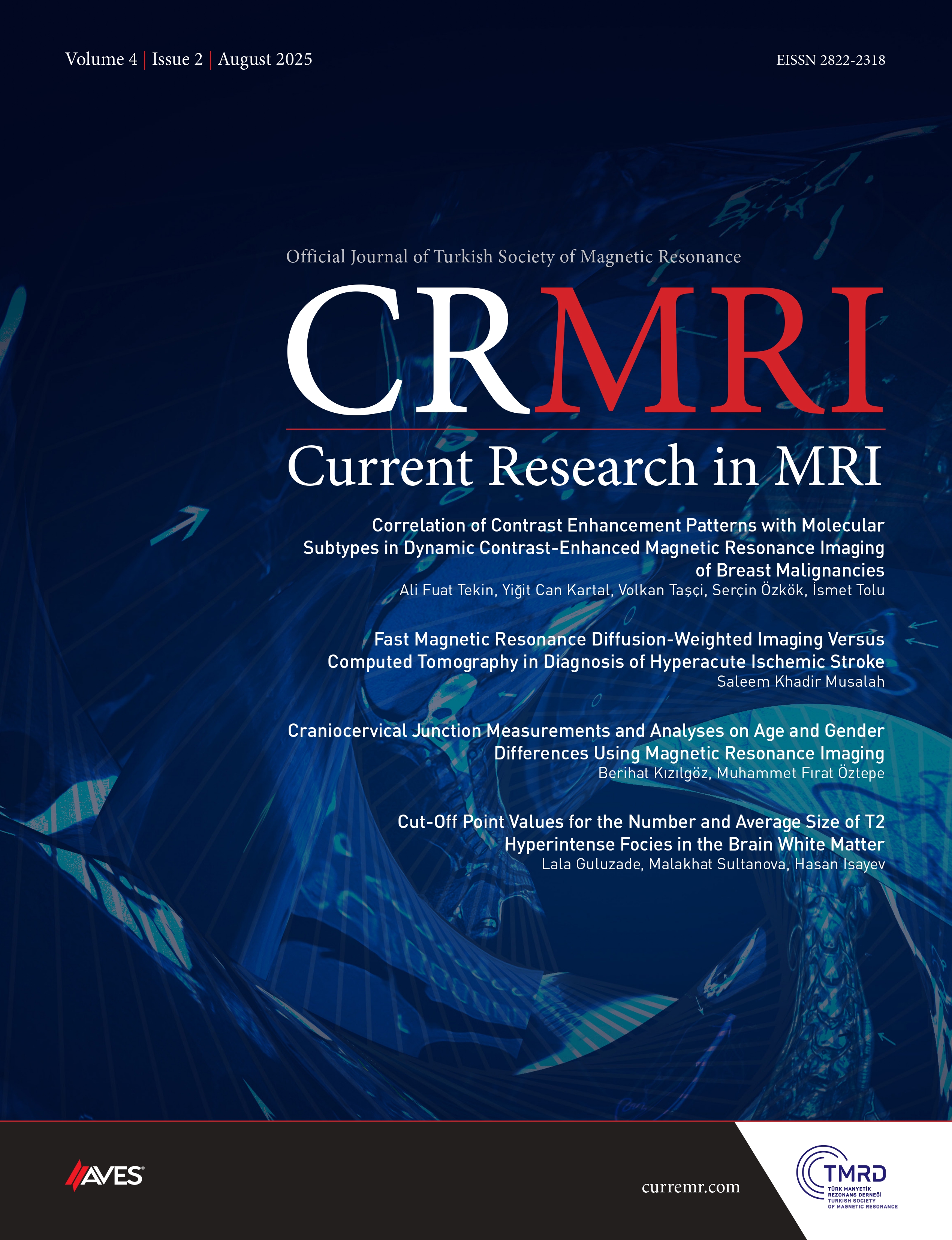Caroli disease (CD) is a condition in which there are multiple cystic dilations of the bile ducts within the liver that are present from birth. In this case report, we present the imaging findings of a 33-year-old woman who was diagnosed noninvasively after gadoxetic acid (GA)-enhanced magnetic resonance imaging, which has been used in recent years, which is very rare in the literature. A woman, aged 33, was admitted to the hospital after experiencing recurring episodes of pain in the upper right area of her abdomen for a long period of time. Laboratory tests showed elevated liver enzyme levels and hyperbilirubinemia. Abdominal ultrasonography revealed cystic lesions in the liver and mild enlargement of the common bile duct. It was observed that cystic lesions in the liver filled with GA in the hepatobiliary phase and were associated with the intrahepatic bile ducts. Thus, the patient was diagnosed with CD. In the hepatobiliary phase, GA-enhanced magnetic resonance imaging allows the detection of other conditions in which a central dot sign (CDS) occurs (e.g., peribiliary cysts, periportal lymphedema, and jaundice due to biliary obstruction) and noninvasive diagnosis of CD in the absence of a CDS.
Cite this article as: Önder RO, Aslan S, Bekci T. Diagnosis of caroli disease with gadoxetic acid-enhanced magnetic resonance imaging. Current Research in MRI, 2024;3(1):27-29.



.png)
